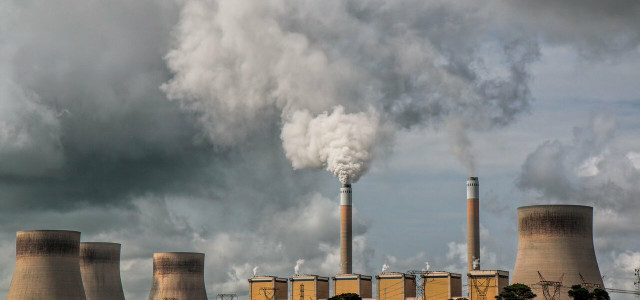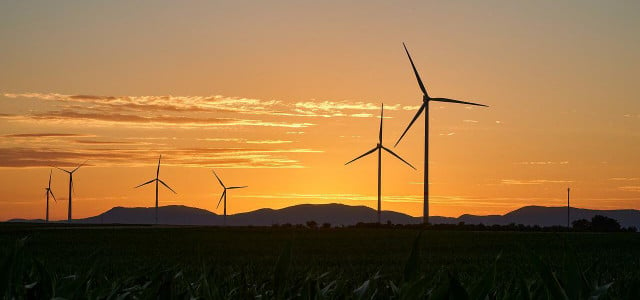Hydropower is one of the world’s fastest-growing renewable energy sources. Read our simple introduction to the pros and cons of hydroelectric energy.
The pros and cons of hydroelectric energy are quite complex, and both sides have strong points. As one of the fastest-growing renewable energy sources, it’s crucial to weigh hydropower’s advantages and disadvantages.
Hydroelectric power generates electricity through flowing water. It supplies one-sixth of the world’s energy — that’s more than all other renewable energy sources combined, even nuclear power. While hydropower is already a significant source of (mainly) clean renewable energy, large dams and reservoirs can be incredibly destructive to ecosystems, wildlife, habitats, plant life and local populations.
Below, we’ll discuss tensions between the idea of hydroelectric energy as a source of clean renewable energy and its potential to be environmentally destructive.
Read on to learn the most important pros and cons of hydroelectric power.
Pros of Hydroelectric Power
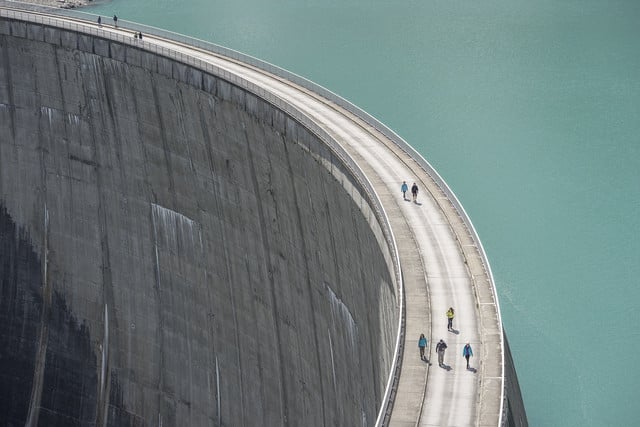


First, let’s take a closer look at some advantages of hydroelectric power:
- It’s a renewable energy that provides large sums of low-carbon electricity.
- Hydroelectric power is dynamic. Because dams and reservoirs are flexible sources of electric power, the electricity produced can be increased or decreased quickly in response to various demands.
- It’s reliable, unlike solar power, which can fluctuate and depends on uncontrollable variables.
- Once constructed, hydroelectric facilities create little direct waste and almost always release substantially less greenhouse gas than fossil fuel-powered energy plants.
- In addition to electricity, the dams can provide flood control, irrigation support, and clean drinking water.
Hydroelectric Power Dams
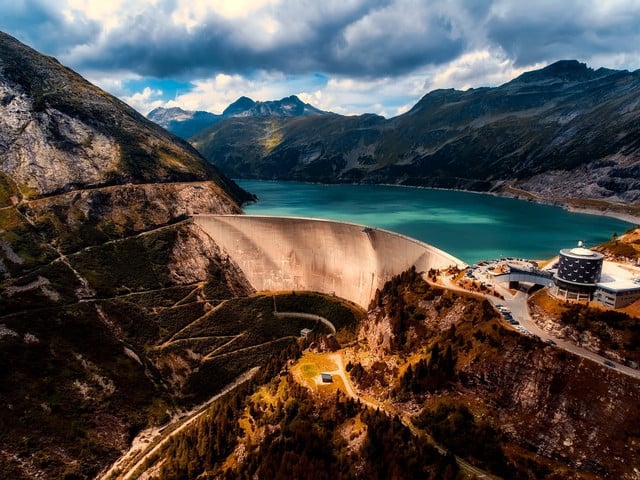


Dams and reservoirs are common, and thousands exist worldwide. However, within the past decades, most new dam projects have been located in South America, Africa, and East and Southeast Asia. In 2017, Brazil had the highest number of new dams, whereas China produced the highest amount of electricity from hydropower.
In contrast, large dam projects have been rare in the US and Canada since the 1970s. In fact, many dams have been deconstructed in the name of the environment. Between 2006 and 2014, the US removed 548 dams.
Much of the reason for this is that the US already has a high number of dams — over 90,000. Many of them are old and no longer meet regulations, leading to their dismantling.
Large dam and reservoir projects are common in “developing countries,” especially in biodiverse river basins like the Amazon, the Congo and the Mekong. This causes social and environmental damage far worse than seen in North America and Europe for similarly sized hydropower projects.
Cons of Hydroelectric Power
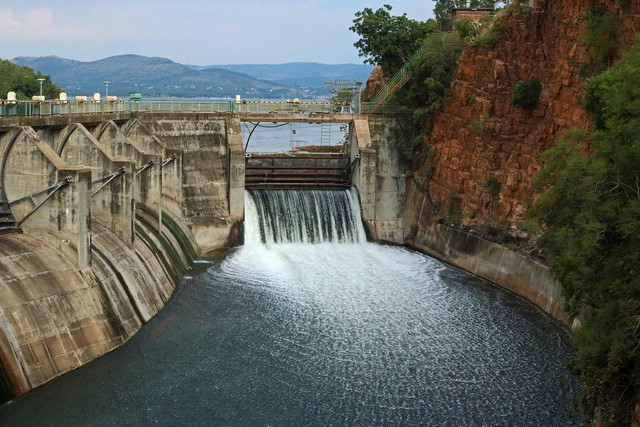


The disadvantages of hydropower have a few different angles. First, we’ll address the environmental impact of hydroelectric power facilities.
As with any human disruption of organic systems, the consequences of building dams and reservoirs aren’t 100 percent clear yet. Therefore, environmental groups have different stances on hydropower. More research is needed to understand better how it can influence the environment. Keeping that in mind, hydroelectric power has the following downsides:
- Loss of arable land
- Disruption of natural ecology, rivers, habitats and ecosystems
- Erosion
- Dam failure, when it occurs, can be devastating
- Fragmentation
- De-watering
- Loss of biodiversity (it’s estimated that dams and other similar water infrastructure are partly to blame for an 84 percent decline in freshwater species since 1970)
- Loss of additional wildlife
- Disruption of migratory fish species and other aquatic life
- Deforestation
- Greenhouse gas emission
When Hydroelectric Power Emits Greenhouse Gasses
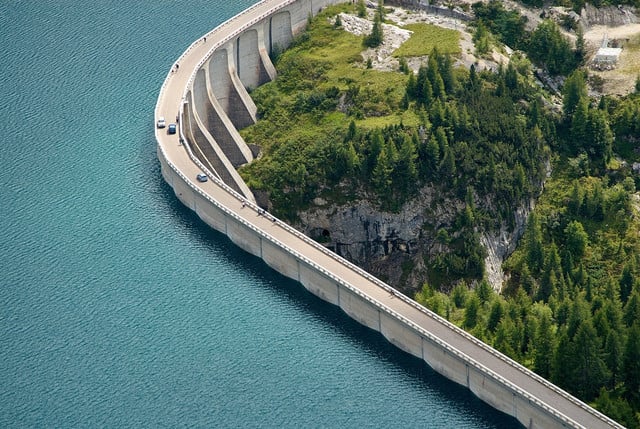


Dams and reservoirs often indirectly require the deforestation of surrounding areas. This is almost certainly the case when dams are built in tropical regions like the Amazon rainforest, where plant and animal life are diverse and abundant. Habitat and wildlife loss are crucial considerations, as landscapes can be submerged in water and fragmented, leading to the emission of greenhouse gases (GHGs).
Flooding from new reservoirs kills vast amounts of vegetation, soil carbon stocks, animals and fish, which then decompose or are digested by bacteria. Over time, this process releases substantial levels of GHGs — primarily methane. This is a problem, as methane is 28 times more effective than carbon dioxide at trapping the sun’s heat in the atmosphere and has an impact 84 times greater over 20 years.
You may think a reservoir’s methane production would decrease or eventually stop altogether, but this is not true. Often the majority of methane is produced through a process in which underwater vegetation, algae and phytoplankton absorb carbon dioxide as they grow. Furthermore, when they die, they sink to the bottom of bodies of water to be “digested by methane-producing microbes in sediment,” according to the European Research Council.
This means of methane production, called ebullition, emits the largest portion of GHGs from reservoirs. However, it can be difficult for researchers to measure accurately, which has led to a delayed understanding of how clean hydroelectric energy truly is.
GHGs produced by dams and reservoirs can vary considerably depending on variables like differences in temperature, season, depth of the reservoir, wastewater and other contaminants. So, researchers still don’t have perfect numbers reflecting how much GHG reservoirs are responsible for.
Generally, hydroelectric power produces energy while releasing substantially less GHG than other renewables and fossil fuels energy. However, some studies counter that hydropower has the potential to release more GHGs than fossil fuel energy when taking into consideration life cycles and the high amount of methane emitted from flooded biomass.
One study found that reservoir-based dams in tropical regions can give off much more carbon dioxide than thermoelectric plants using natural gas, oil or coal. Another notes a French-Guinea hydropower dam generated 19 times more GHGs than “electricity generated from combined-cycle natural gas.”
So, while hydroelectric dams are considered a source of renewable energy, they can emit more GHGs than previously thought when built in tropical regions. One way to avoid high GHG emissions from ebullition is to build diversion dams instead of reservoir dams. Diversion dams maintain the relative character of a river rather than creating a reservoir with a dam, thus reducing the number of new aqua plants, phytoplankton, and algae that can grow in a larger body of water and eventually emit methane and other GHGs.
Negative Social Impact of Hydroelectric Power



The construction of large dams also affects local populations. Such adverse effects include:
- Displacement
- Expropriation
- Negative impacts on human health as vector-borne diseases can spread more easily
- Water shortages as populations lose access to river water and local springs can dry up
- Limited use of rivers
- Destruction of land
- Communities can lose access to agricultural practices, fishing and forest resources
- Downstream communities are often not considered in planning measures, especially in rural areas and low- and middle-income countries.
- Negative impacts on food systems
- Changes to natural resources and flooding of valued landscapes — a loss for local communities who see concrete and pipelines where there used to be natural beauty
- Escalations in resource-use conflicts
- Local indigenous communities can face the worst outcomes, as their input is rarely sought
- Cases in which ancient and sacred burial grounds are flooded for the sake of hydropower
Pros and Cons of Hydropower Weighed
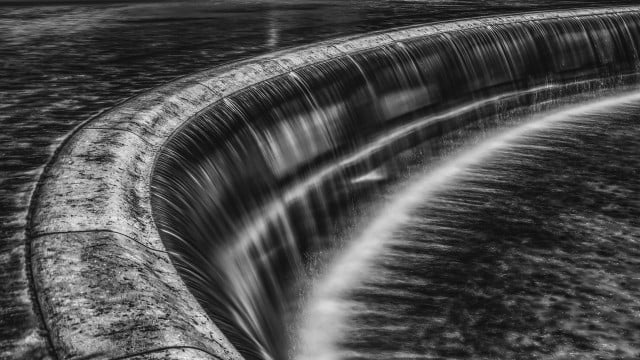


Some researchers point out that aspects of hydroelectric power could be tweaked and improved to avoid negative effects. For example, lowering GHG emissions from dams and reservoirs may be possible by building dams in areas with low vegetation and colder temperatures, like Scandinavia, rather than in tropical areas.
Though we have seen that the shortcomings of hydroelectric power can be immense and devastating, the reality is that this form of renewable energy is one of the few ways humanity may be able to wean itself off of fossil fuels. Furthermore, climate change will only exacerbate existing inequalities, power imbalances and irreversible environmental changes — all of which have a greater cost than any potential damage from hydropower.
Read more:
- 10 of the World’s Greenest Cities
- Biomass Fuels 101: Advantages and Disadvantages of Biomass Energy
- The Advantages and Disadvantages of Natural Gas
Do you like this post?







